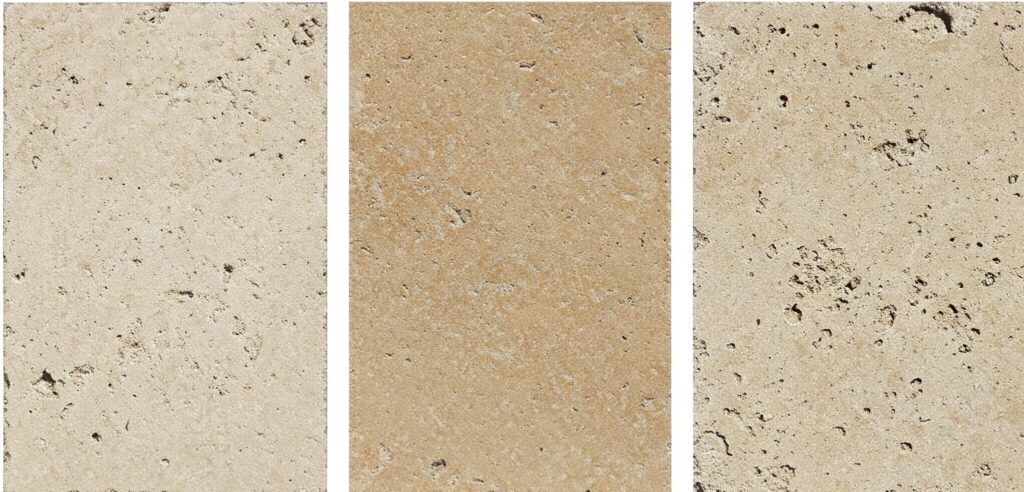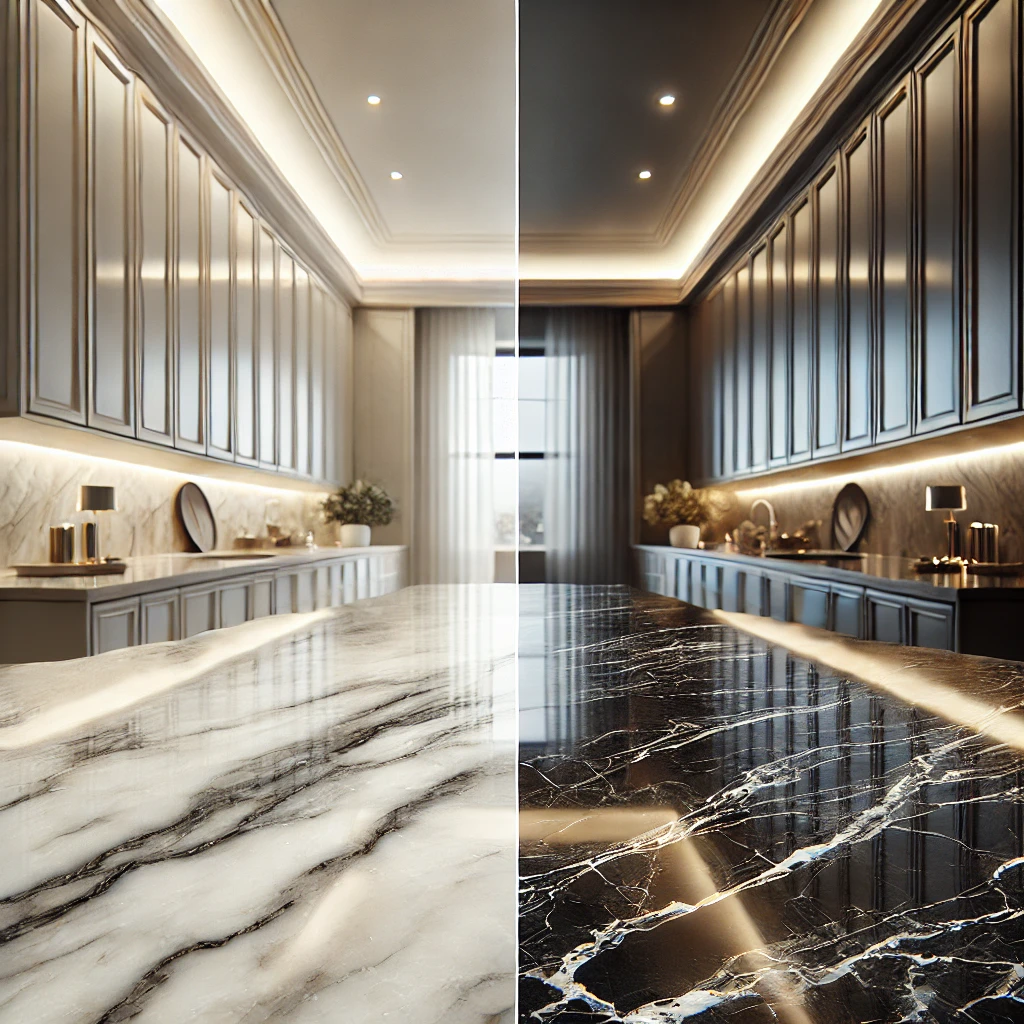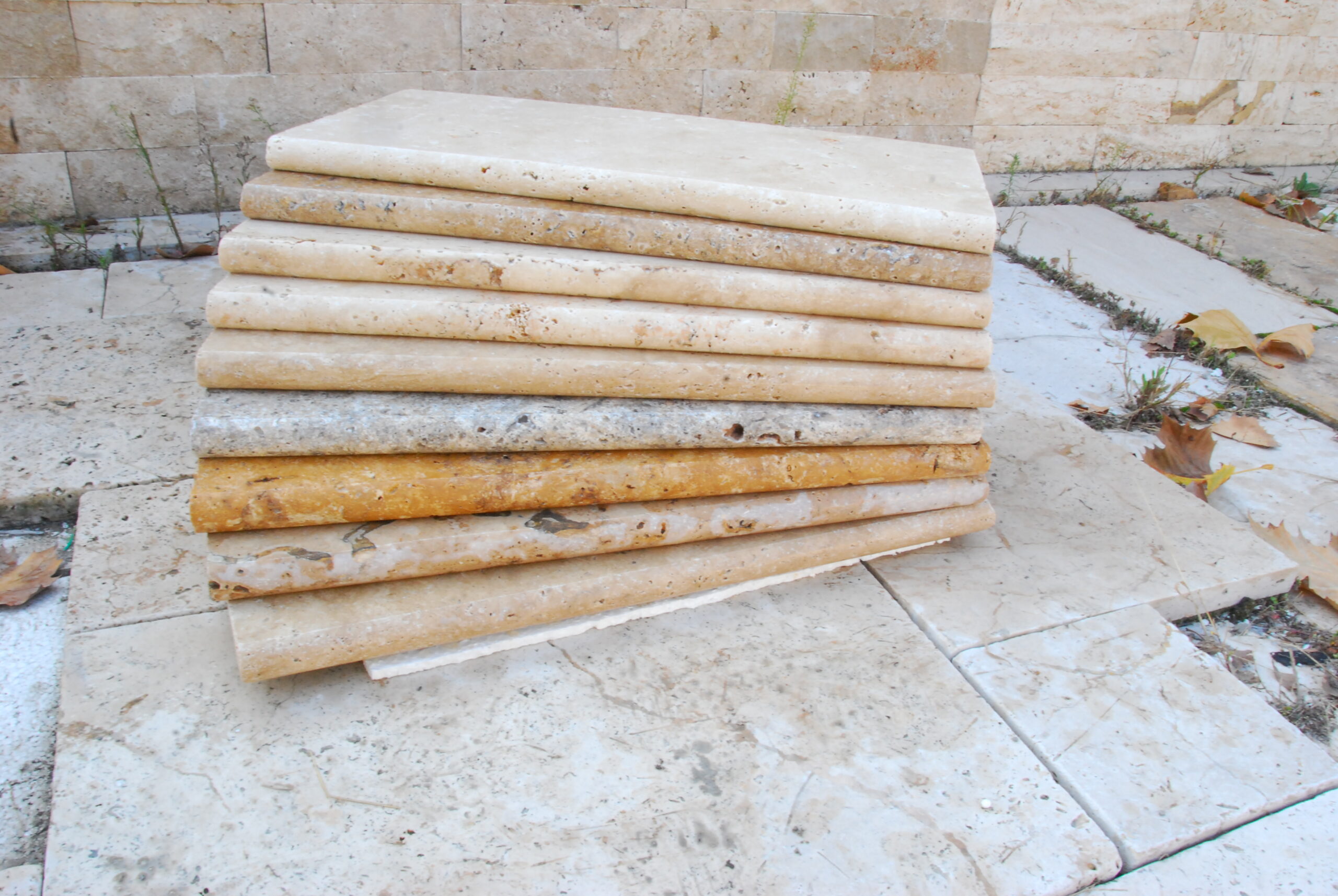Travertine Pavers Guide: Benefits, Types & Installation
Thinking about redoing your backyard or pool area? Travertine pavers might just be what you’re looking for. They’re natural stone, which means no two pieces are exactly the same, and they’ve got this laid-back, lived-in look that somehow still feels elevated. Plus, they’re practical—durable, grippy when wet, and easy on the feet in hot weather.
What Are Travertine Pavers?
Travertine forms naturally over time from mineral deposits, giving it that soft, textured surface people love. It’s been used for centuries in architecture, and it’s still popular today for a reason. You’ll find it in different finishes—some rough and rustic, others more polished and clean.
If you’re curious about how it holds up around pools, this write-up from SwimmingPool.com gives a solid breakdown.
Why People Love Travertine Pavers
- It’s not slippery: which is a big deal around water.
- It doesn’t scorch your feet: unlike concrete or dark tiles in summer.
- It wears well: weather, foot traffic, kids, pets… it handles all of it.
- It just looks good: the texture and tones add warmth to any space.
Types of Travertine Pavers
1. Tumbled Travertine
Rough around the edges—in a good way. It has that natural, aged look and plenty of grip.
2. Honed Travertine
Smooth but not slick. It’s matte, clean-looking, and fits a modern style without feeling too polished.
3. Polished Travertine
This is the glossy, shiny one. Best if you’re going for a more upscale, elegant finish.
Installation Tips
If you want your pavers to last (and look great doing it), here’s what to keep in mind:
- Make sure the base underneath is solid and well-compacted.
- Fill the joints with polymeric sand to keep everything in place.
- Sealing is optional but smart—it helps protect against stains and brings out the stone’s natural colors.



